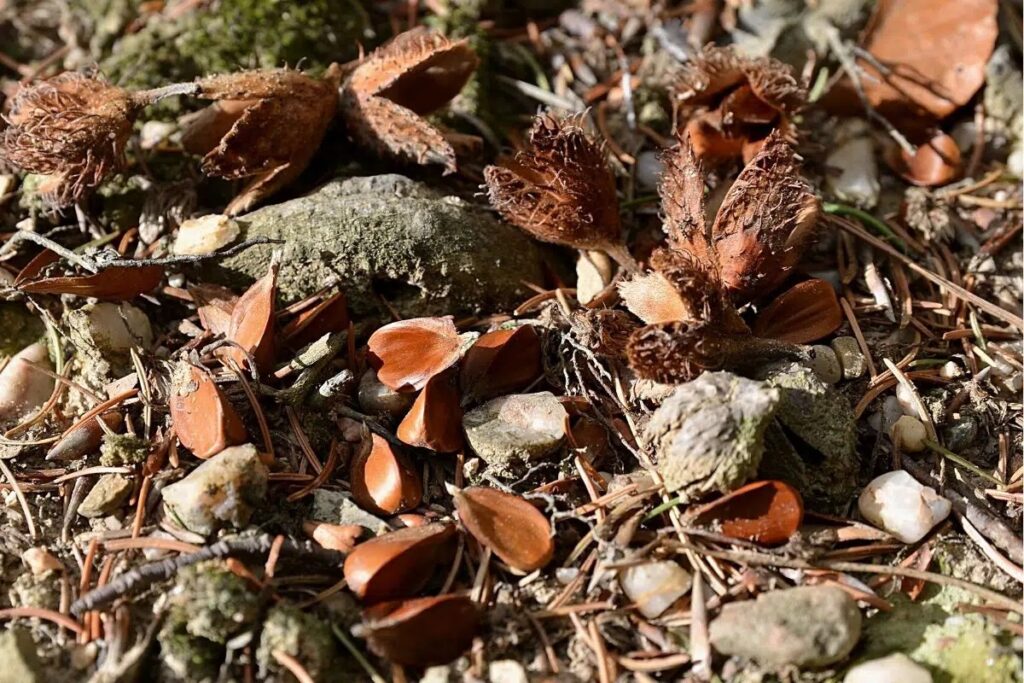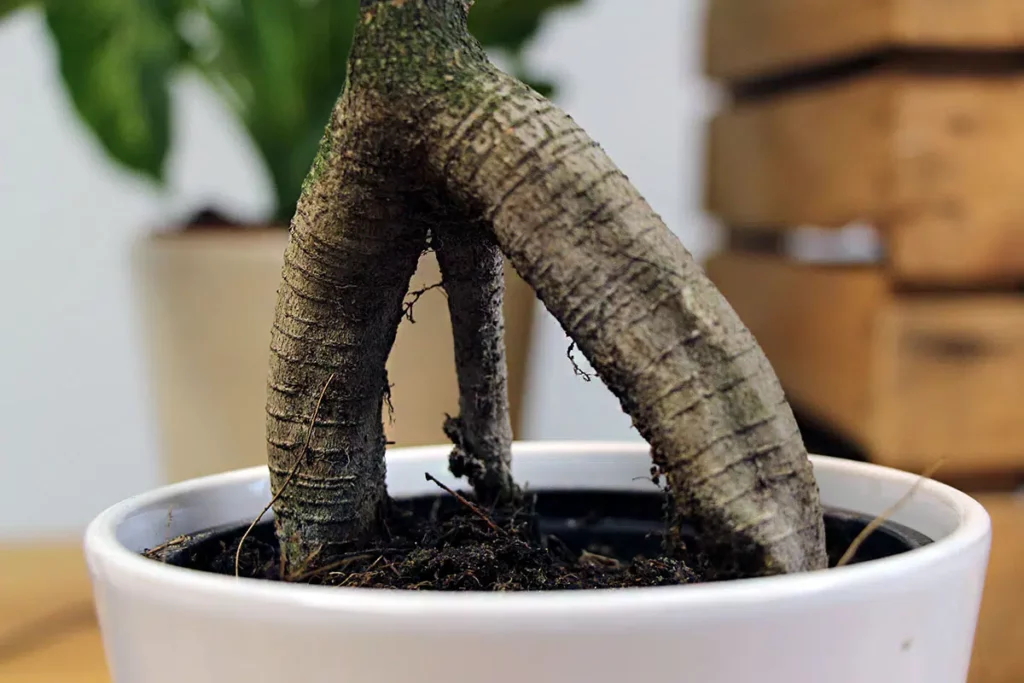Growing a bonsai from a seed is less complicated than many amateur gardeners think. The advantage is that you can shape the bonsai tree according to your own ideas from the very beginning.
Contents
Seed selection
Bonsais do not have their own species, they are grown from the seeds of normal-sized trees. Those who prefer native species can, for example, get seeds of spruce, fir or oak from the forest.
The forest soil is rich in nutrients, which is why young trees grow strongly there in the first few months. In comparison, the special soil for bonsais also contains nutrients, but to a much lesser extent. As a result, they have a stocky growth right from the start. In addition, the light conditions in the forest also force a height growth, which is also unfavorable for growing bonsais.
If you want to grow more exotic species than bonsai, you can collect seeds in parks, for example, because non-native trees are occasionally planted there. Alternatively, you can also ask botanical gardens, for example, if you can get some seed from special trees.
Sowing time
The time of sowing can vary from species to species. Native seeds that you can use for a bonsai often require a cool period to germinate. This period is called stratification and is an important factor for the seed to germinate at all. Therefore, for native species, it is often better if they are sown in the fall and left outdoors over the winter. If this is not possible, you should simulate stratification. To do this, put the sown bonsai seeds in the refrigerator for one to two weeks.

Selection of species that require a cooling period:
- Beech
- Oak
- Spruce
- Hazelnut
- Walnut
In the case of exotic tree species, cultivation is theoretically possible all year round, as they usually require room temperature for germination. However, the young trees need sufficient light during the first months. Therefore, if you sow late, you may also need a suitable planting lamp, otherwise the saplings will grow too quickly in search of sufficient light.
Substrate
For germination, a bonsai should be given a suitable substrate for this type of culture. A distinction is made whether it is a conifer or a deciduous tree. Coniferous trees usually require a substrate that is somewhat richer in nutrients compared to deciduous trees.
Special substrates for the plants are occasionally even without humus soil. However, this is associated with a higher level of care. Instead, akadama is used. A special dried clay granulate to which different rocks such as pumice gravel, lava granulate and fine gravel or sand are added. For bonsai trees, aeration of the soil in the pot plays a major role. You can replace acadama proportionately with humus soil or potting soil, which will make the trees grow a little faster, but the soil will not be as well aerated.
Mixture for conifers:
- 30% each of akadama
- 30% pumice gravel
- 30% lava granules
- 10% humus soil
Mixture for deciduous trees:
- 40% Akadama
- 25% pumice gravel
- 25% lava granules
- 10% humus soil
Sowing
Before you plant the seed, it is important to know if the tree species is a light germinator or a dark germinator. Light germinators require mandatory light to germinate, while dark germinators must be covered with a layer of soil.

For most plants, the rule of thumb is that the smaller the seed, it must be closer to the surface. Therefore, flat and small seeds are usually light germinators. This includes, for example, the spruce or fir. Seeds of walnuts or oaks, on the other hand, are very large and should be covered by at least seed thickness when planted. Occasionally, dark germinators also germinate superficially, which is especially the case with oaks. If a dark seedling germinates superficially, there is a higher risk that the seedling will die because, for example, it cannot root well or does not get enough moisture.
Sowing bonsai seeds:
- Fill the seed tray with substrate
- Spread seeds with sufficient distance to each other
- press on light seedlings and cover dark seedlings with substrate in seed thickness
- water
- Use a propagator for growing, even if they are frost seedlings that need to be outdoors over the winter. The greenhouse has the advantage that the humidity is kept better and the risk that the sensitive seedlings dry out is reduced.
Care
Until the seeds have germinated, it is important that you keep the soil constantly moist. In addition, you should regularly ventilate the propagator so that mold does not form.

In order for the plants to develop well, it is important to transplant them after successful germination. For deciduous trees, this happens as soon as the first true pair of leaves has formed. For deciduous trees, the bonsai should be at least finger length. When transplanting, you can already do root treatment. You can shorten very long roots and remove dried up or muddy root parts. Always make sure that enough fine hairy roots remain on the young trees.
Repotting instructions:
- Fill bonsai tray with substrate.
- Carefully lift young trees out of the soil with a pricking stick or a fork
- Press trough into the substrate at root length
- Plant the young tree
- Carefully press down the substrate
- Water the soil
For the first week or two, until the bonsai has rooted, the substrate must be constantly moist. You can additionally put a transparent freezer bag over the pot and tighten it with a rubber band, which will help reduce evaporation. Air the bag regularly to prevent mold growth here, as in cultivation.

After about two weeks, the young trees should be rooted in the pot. Then you can remove the bag again. Choose a light location for the young trees so that after transplanting the growth remains compact.
Frequently asked questions
Can bonsai trees be grown from cuttings?
Yes, for some species it is even easier to propagate them by cuttings. These include cypress plants, for example.
When is the first pruning possible after growing?
The first pruning of a young bonsai should be done after three years at the earliest. Slow-growing species are cut for the first time only after four to five years.


